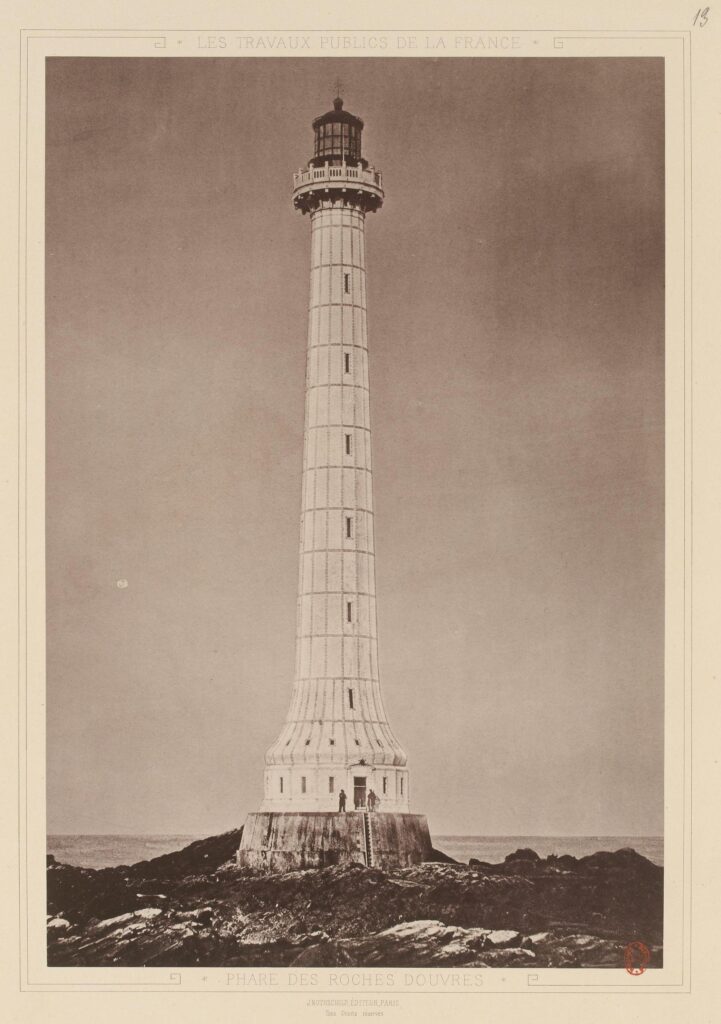Visiting Ilôt Amédée and its iconic 19th century lighthouse is a day trip not to be missed when traveling in New Caledonia.
One hour by boat is enough to reach the islet located a few miles south of Noumea. And once there, the inscription Napoleon III, the date “1862” on the lintel above the entrance door and above all, the impressive overall metallic structure take us directly back to the pre-industrial era of the French “Second Empire” architecture.
The beautiful, well-documented book, written by Valérie Vattier, director of the Maritime Museum of New Caledonia and Vincent Guigueno, an engineer specialized in the history of lighthouses, tells the story of Amédée, from its creation to its installation in the other side of the world, including its construction and assembly in Paris.
For those who wish to go further, a visit to the maritime museum of New Caledonia is a must.
For example, don’t miss the 24 panels of its first optics reassembled in 2007 by the Service of Lighthouses and Beacons of New Caledonia.
Today, the silhouette of the Amédée lighthouse has become so emblematic of New Caledonia that one could believe it is unique in the world. However, this was not what was originally planned…
In 1861, the lighthouse at the end of the world was indeed a prototype and was to serve as a model for a long series of identically reproduced metal towers.
Designed with the particularity of being completely removable, the new architectural technology of the time, metal construction, was to allow the prefabrication and standardization of objects. In addition, the size of the parts had to be adjusted so that they could be loaded, unloaded and erected without sophisticated lifting gear, in places where local construction was a problem.
But, only a second copy came out of the Rigolet workshops located at the Buttes-Chaumont in Paris (and not from the Eiffel workshops as a certain legend had suggested…).
Erected 20,000 km away from its exotic model, in a completely different environment, the Roches-Douvres lighthouse illuminated the coasts of Northern Brittany off the island of Bréhat until 1944 when the German army completely destroyed it.
Long before that, this copy had been on display for several months of the 1867 World Exhibition in Paris as one of the “key” attraction, two decades before the Eiffel Tower.

As an anecdote, Louis Stanislas Bertin, an engineer born in Saint Servan near Saint Malo, was responsible for the on-site reconstruction of both lighthouses.
NB: The photo above the title represents a painting by Edouard Manet entitled “The Universal Exhibition of 1867 in Paris”. It is currently on display at the National Museum of Art, Architecture and Design in Oslo, Norway.



